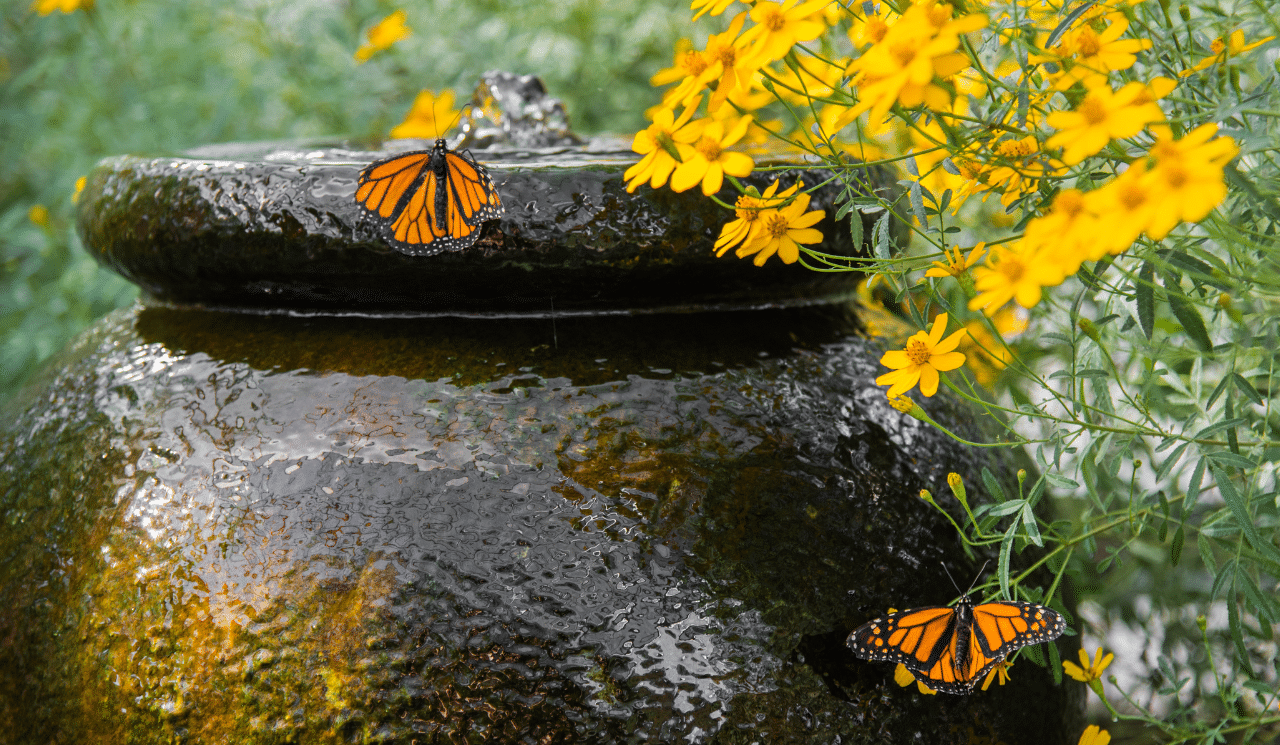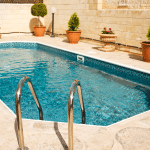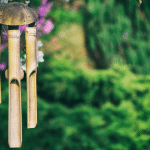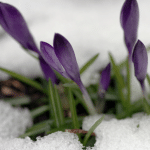The simple answer to this blog post title is an easy yes! I can assure you that adding a water feature to your garden is a wonderful way to transform it into a relaxing oasis. There are countless benefits to having a water feature in your garden, from the calming ambiance it provides to the aesthetic appeal it adds to your outdoor space. In this article, I will delve deeper into the benefits of water features, provide tips for choosing the perfect one for your garden, and offer solutions to common installation challenges.
The addition of a water feature to your garden has numerous benefits, both for your mental and physical well-being. The soothing sound of running water can help to reduce stress levels and improve your mood, making your garden the perfect place to relax after a long day. Water features also attract wildlife to your garden, providing an opportunity to observe and appreciate nature up close. Additionally, they can act as a natural humidifier, keeping the air around your garden moist and comfortable, which can be especially beneficial during the hot and dry summer months.
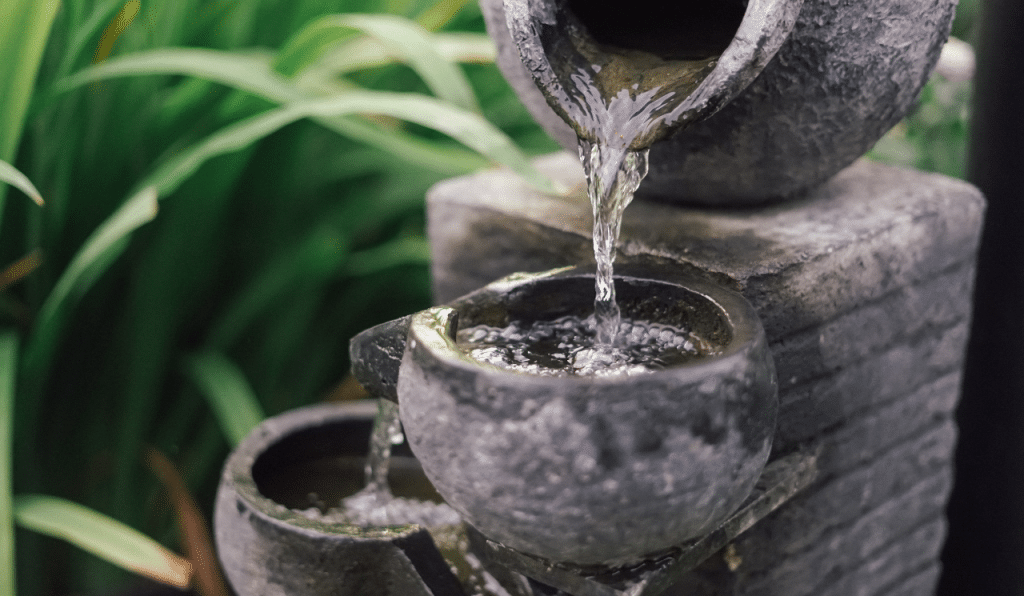
Choosing the Right Water Feature
Selecting the right water feature for your garden can be a daunting task. However, it is essential to choose one that complements your existing garden design and style. If you have a traditional garden, a classic tiered fountain or a stone basin with a spout may be the perfect addition. For a modern garden, a sleek and simple waterfall feature may be more suitable. Before making a purchase, consider the size, shape, and color of the water feature to ensure it harmonizes with your garden’s existing features.
Here are 10 popular water feature designs for gardens and outdoor spaces:
- Pond: A pond is a classic water feature that can range in size from small to large. It can be designed to include aquatic plants and fish, and can be surrounded by stones or other natural elements.
- Fountain: Fountains come in a variety of styles, from modern to traditional, and can be made from materials like stone, metal, or glass. They are typically self-contained, with water recirculating through the fountain.
- Waterfall: A waterfall is a dramatic water feature that can be designed to cascade down a natural rock formation or built using artificial materials like concrete. They can be incorporated into ponds or other water features for added visual interest.
- Stream: A stream is a flowing water feature that can be designed to mimic a natural waterway. It can be created using stones and gravel, and can be used to connect different parts of a garden.
- Water wall: A water wall is a vertical water feature that can be installed on a wall or freestanding. It is typically made from glass or metal, and water flows down the surface of the wall.
- Bubble fountain: A bubble fountain is a small, self-contained water feature that produces bubbles that rise to the surface. It is often designed to be used as a tabletop feature or incorporated into a larger water feature.
- Rain chain: A rain chain is a decorative water feature that is designed to channel rainwater from a gutter or roof into a container or other water feature. It typically consists of a series of linked cups or other objects.
- Scupper: A scupper is a type of water feature that is typically built into a wall or other architectural element. It consists of a spout or opening that allows water to flow from one area to another.
- Birdbath: A birdbath is a shallow water feature that is designed to attract birds. It can be made from a variety of materials, including concrete, stone, or ceramic.
- Reflecting pool: A reflecting pool is a still water feature that is often used in formal garden designs. It is typically designed to reflect the surrounding landscape and can be made from materials like concrete or stone.
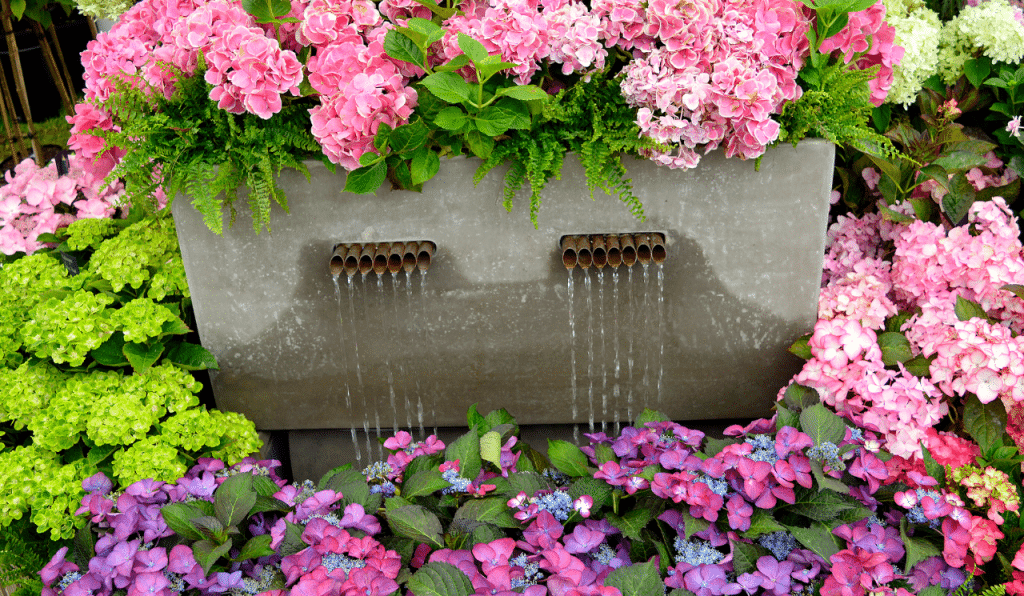
Installation Challenges
While installing a water feature in your garden may seem like a daunting task, it is relatively straightforward and can be accomplished in a weekend with the right tools and equipment. One of the most significant challenges is providing a reliable source of power to your water feature. If your garden is far from your home, running an extension cord across your yard may not be practical. Fortunately, there are several options for powering your water feature, including solar-powered pumps, battery-powered pumps, or the installation of an outdoor electrical outlet. Additionally, be sure to consider the placement of your water feature to ensure it is level and will not be affected by runoff during heavy rain.
In conclusion, adding a water feature to your garden is a fantastic way to transform your outdoor space into a peaceful oasis. With countless benefits, including stress reduction, improved mood, and increased wildlife activity, the installation of a water feature is an investment in your mental and physical well-being. By selecting the right water feature to complement your existing garden design and overcoming installation challenges, you can create a beautiful and tranquil space to relax and unwind. So, why not take the plunge and add a water feature to your garden today?

